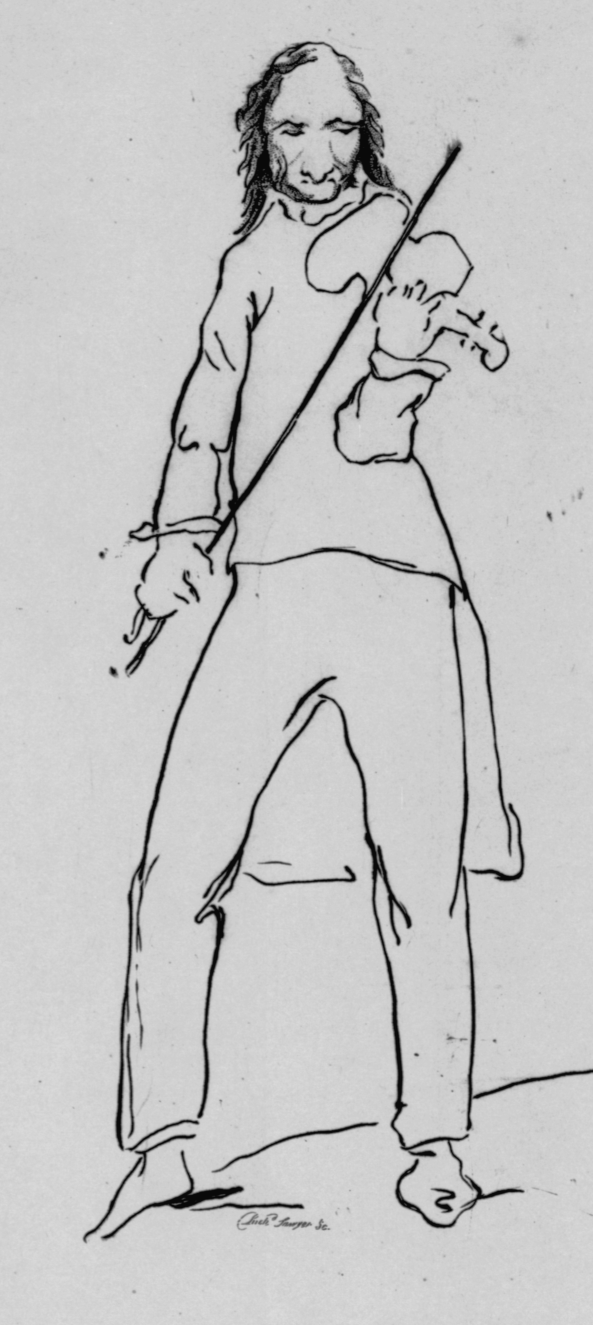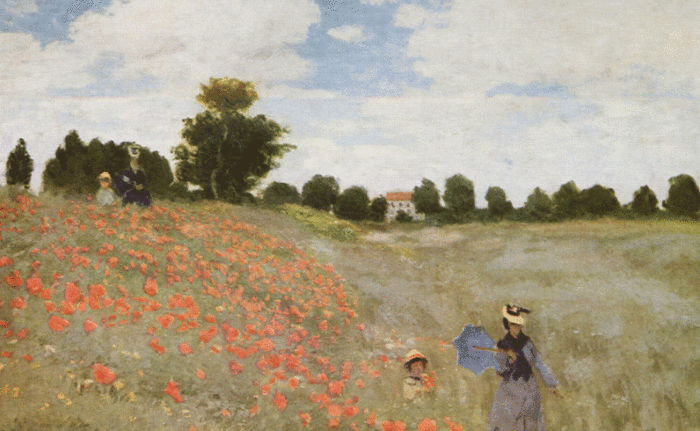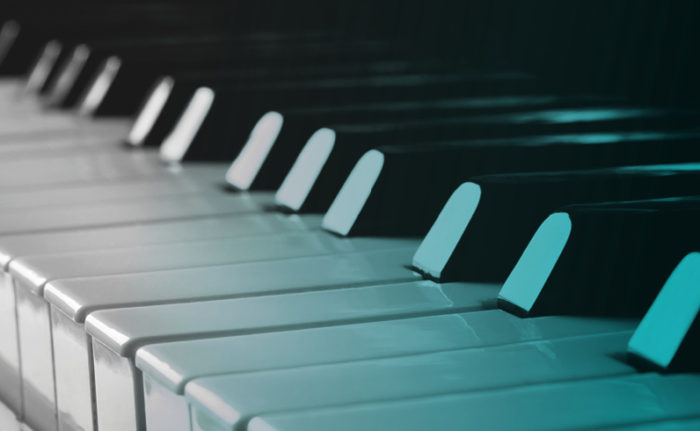On January 9, 11, and 12, the Houston Symphony presents Paganini + “Pines of Rome,” a delightful all-Italian program featuring world-renowned violinist Augustin Hadelich, who returns to play Paganini’s virtuoso Violin Concerto No. 1. In this post, discover how Paganini revolutionized violin playing with his unprecedented technique.

Sources differ as to when exactly Paganini composed his Violin Concerto No. 1; dating Paganini’s works is complicated by the fact during his life, Paganini sought to keep the techniques of his fantastic virtuosity secret by withholding the majority of his compositions from publication. The concerto certainly dates from the mid-to-late 1810s, when Paganini was establishing himself as Italy’s leading violinist by touring the peninsula’s cities.
For Paganini’s contemporaries, there was almost something miraculous about his playing. His music was unlike anything anyone had heard before—so difficult, so extravagant that no one else could play it. In his later years, when Paganini toured Austria, Germany, France, and England, his Romantic Northern European critics would hear something demonic in his extraordinary abilities, playing into centuries-old legends of violinists who sold their souls to the devil (his then gaunt appearance and reputation as a seducer no doubt fanned the flames of such rumors).
His Italian compatriots, however, were more likely to compare him to classical heroes or poets such as Orpheus or Virgil. Indeed, throughout his First Violin Concerto, the soloist assumes the role of a mythic hero, overcoming seemingly impossible technical challenges with preternatural skill just as Hercules executes his labors by virtue of his superhuman strength. There is also a decidedly operatic strain throughout the piece; as with his contemporary Rossini, Paganini’s style is best described as bel canto, Italian for “beautiful singing”; the concerto is just as notable for its melodies and theatricality as it is for its virtuoso passages.
The Music
After a momentous opening chord, the first movement’s orchestral introduction begins with an unassuming idea that could have come straight out of a comic opera:
More bombastic chords resound, but no melody of substance appears. Giving up, the orchestra begins a transitional passage that makes liberal use of the cymbals. After a few surprising twists and turns, the woodwinds at last introduce a genuine lyrical tune (which begins with a slowed-down version of the transitional material). Though the main theme of a movement is usually presented at or near the beginning, in lieu of any competition, this theme seems to take on this role throughout the movement. The transitional material then resumes its blustery course, leading right back to where the concerto started.
This time, however, after the grand orchestral chord sounds, the missing element appears: the soloist, who utterly transforms the opening material with virtuoso embellishments. The solo violin proceeds to reinterpret and expand on the material the orchestra presented, alternating more melodic passages with virtuoso fireworks. During another transitional passage, the orchestra introduces a variant of the lyrical woodwind tune. The music darkens when the soloist makes a dramatic return, alternating quasi-improvisatory passagework with expressive lyricism based on this new permutation of the main theme. Exciting virtuoso passages then lead to a return of the main theme.
Near the end of the movement, the orchestra builds to a dramatic pause, and we hear a cadenza—an extended passage for the soloist alone. When Paganini performed this concerto, he would have improvised the cadenza, and he never wrote down a version of what he played. Many violinists have since written cadenzas for this concerto; Augustin Hadelich will perform one of his own composition. Interestingly, Paganini omits a full reprise of the comical opening figure, only hinting at it in the movement’s final bars.
The slow second movement turns from the lighthearted atmosphere of the first to more serious drama. When Paganini performed it in Vienna in 1828 (during his historic first tour outside Italy), one witness described it as “A sublime, angelic song of great nobility and simplicity,” which “touched the hearts of listeners […]” At the end of the movement, “there was no applause. The audience sat as though paralyzed […] [T]he spell ended and the applause began—with a vehemence never before heard in the Imperial ballroom.”
After a brief orchestral introduction, the soloist enters with an expressive melody, which is then repeated an octave lower. Throughout Paganini’s music, octave displacements such as this are frequently used to create the impression of two different voices—one high, one low—as in an operatic duet. Pizzicato strings imitate the sound of a guitar (another instrument at which Paganini excelled), further suggesting a romantic serenade. This technique of octave displacement also appears in the somewhat brighter passage that follows, which Paganini marks “dolce,” or “sweetly.” The movement ends by developing fragments of the main melody, now marked “con passione”—“with passion.”
The finale returns to the world of comedy with a dancing tune that alternates with contrasting episodes, including one featuring double-stopped harmonics. Harmonics are beautiful, flute-like tones produced by barely touching the violin’s strings in exactly the right places; Paganini calls for the soloist to play them on multiple strings at once—a technique he invented. Though perhaps not as flashy as the fast fingerwork found throughout the concerto, this delicate passage remains among the most difficult in the violin repertoire. The movement is a virtual compendium of Paganini’s virtuoso tricks; the different episodes, each with their different techniques, evoke a carnivalesque cast of characters, making for a spirited finale. —Calvin Dotsey
Don’t miss Paganini + “Pines of Rome” on January 9, 11, and 12! Learn more & get tickets.



